Zoroastrianism and Islam: An Evaluation on Similarities of Both
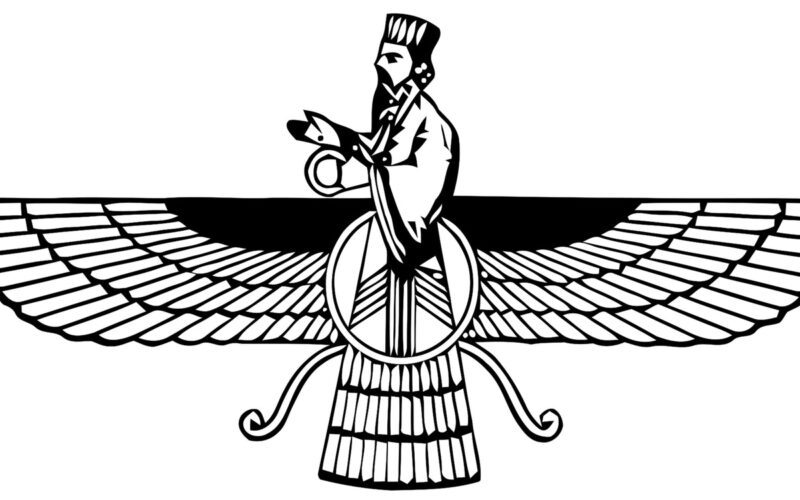
Magusism, Mazdeism or Zoroastrianism was named after its founder, Zoroaster, or the monotheistic god Ahura Mazda. It is differ from the ancient religions in terms of including monotheistic belief among Iranian religions.
What is Magusism, Zoroastrianism?
Magusism, Mazdeism or Zoroastrianism was named after its founder, Zoroaster, or the monotheistic god Ahura Mazda. Its place in Iranian culture is evaluated with the Arians, and it is considered that it emerged after the Aryans’ cultures in Iran and India. The important point here is the change in the social and economic life of Mithraic and Aryan beliefs, especially in the transition period from animal husbandary to agricultural society. (Erbaş, 272) According to Biruni, Zoroastrianism replaced Buddhism. (Jeffrey, 238.)
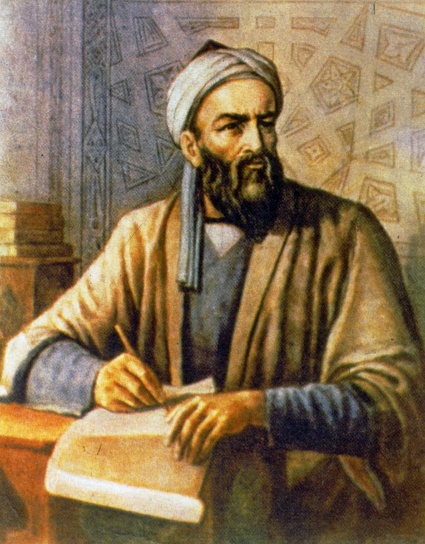
The word Zoroaster is the Greek equivalent of Zarathustra. Zarath; While it means beautiful, right, utra means camel and it is thought to mean the one who has beautiful camels. Although there is no exact consensus on when he was born, It is pressumed to be in the 570s. Biruni supports the idea that he lived in the 7th or 6th century BC. (Adam, 242.) As well as being a prophet, there are also those who consider him as a shaman or a judge. (Tumer; Küçük, p.107.) In the Qur’an, Zoroastrianism appears with the word Magus. (Quran, Surah Hajj, Verse 17.) The word “Mazdayasna” was used before the conquest of Muslims, just as Magusism was used for Zoroastrians. (Worshiping Ahura Mazda.)
After Zarathustra emerged, he took place as Hormuz in the past Islamic sources as Ormazd. Ahura Mazda means the sovereign lord as the god of the world. The basis of religion is that Ehrimend, the source of lies and evil, is defeated by the goodness of Ahura Mazda. According to Zarathustra, there were two primary facts in the universe as good and evil, and man will choose between these two spirits and will determine his destiny. In Zarathustra, he states himself as the representative of Ahura Mazda, that is, of goodness. (Tumer; Küçük, p.107.)
It is considered that Zoroaster was born in the Bagrat region and then migrated to the East and lived in eastern Iran. While the religion spread to the West, the city of Ragha near Tehran emerged as the center of this religion.
According to Zoroastrianism, religion is the whole of the wise knowledge that humanity is born with, and this wisdom comes from the essence of Ahura Mazda. (Erbaş, 272.)
Zoroastrianism or Magi? Did Zoroastrians worship fire?
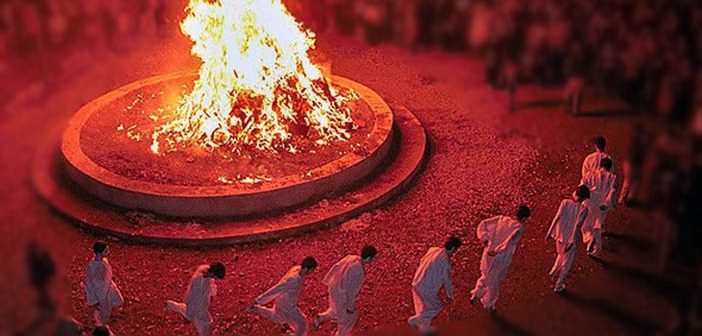
It is thought that there was a religion as known Magus before Zoroastrianism. (Jeffrey, 339.) While Ahura Mazda was considered a spiritual being, his light was thought of as an uncreated light, and thus Magusism emerged as the fire cult. (Tumer; Küçük, 109.) Zoroastrianism in Ragha was ruled by the Med priest class, and they were called Magi or Maci.
The cult of fire is a tradition practiced by the ancient Aryans in Persia before Zoroaster, and the cult of fire became central after Zoroaster. After Zoroaster, priests symbolized the ritual of religious cleansing with fire, and priests are described as “fire-burners”. In the Sassanid period, there was a tradition of fire as a symbol of national unity in the palace of the ruler. The fire was carefully preserved in the temples, it was fed with wood that was ritually cleaned with a sacred understanding, and the priests used to cover their mouths and gloves so that it would not be polluted by hand or breath.
The recognition as this fireworshippers area for the Iranian region in Islamic sources has developed in this direction. (Sarıkçıoğlu, 58)
Similarities Between Zoroastrian Faith and Islam
DESCRIPTION OF THE CREATOR
The meaning of Ahura Mazda is translated as “Lord who knows everything”. (Sarıkçıoğlu, 58.) Six archangels are depicted before Ahura Mazda. These are also considered as his attributes such as good mind, justice, divine will, humility, perfection and immortality.
Describing Ahura Mazda in Yasna 44/36, Zoroaster says:
“Mazda has made a proclamation. (Question.) Whom did He announce? (Answer.) That holy one who is both heavenly and earthly. (Question.) Of what character is He who has thus announced Him? (Answer.) He is the best, and the one who is exercising sovereign power. (Question.) Of what character is the man whom He announced? (Answer.) The holy and the best, the one who rules with no capricious tyranny.
We sacrifice to the (several) part(s) of the Asha Vahishta (prayer). We sacrifice to the heard-recital of the Asha Vahishta, to its memorizing, its chanting, and its sacrificial use!”
With the part that Zoroaster tells here, There is a similarity between how Abraham reached God. While Zoroaster is trying to bring people to believe in God through questioning, Prophet Abraham tells his people how he reached God by questioning himself:
“We also showed Abraham the wonders of the heavens and the earth, so he would be sure in faith.”
When the night grew dark upon him, he saw a star and said, “This is my Lord!” But when it set, he said, “I do not love things that set.
Then when he saw the moon rising, he said, “This one is my Lord!” But when it disappeared, he said, “If my Lord does not guide me, I will certainly be one of the misguided people.
Then when he saw the sun shining, he said, “This must be my Lord—it is the greatest!” But again when it set, he declared, “O my people! I totally reject whatever you associate ˹with Allah in worship˺
I have turned my face towards the One Who has originated the heavens and the earth—being upright—and I am not one of the polytheists.” (Surah Al-An’am 75-79, Quran)
HOLY BOOK
Avesta or Gathas is the holy book for Zoroastrianism. It is considered to have emerged after the death of Zoroaster. Avesta has many pronunciations. The words Upesta, Avistak, Apasiak are also examples, the meaning of which is translated as “the main text”. (Sarıkçıoğlu, 59.) Sometimes this word is also thought to mean “a place of refuge” or “help”. (Tarlan, Yesna, XIII) The Avesta consists of three parts. The first part is Yasna, the hymns sung in religious ceremonies, in which Zarathustra’s Gathas are contained. The second part is hymns addressed to various gods. The third part is the part where the rules of “talisman against demons” and “divine cleansing” are evaluated as “law against demons”. (Tumer; Small, p.108.)

The Avesta and the Qur’an have similarities in terms of the language of address. There are similarities in terms of the form of oratory, language of advice and content.
A blessing is Righteousness (called) the best; there is weal, there is weal to this man when the Right (helps) the Righteousness best, (when the pious man serves it in truth).
Ushta asti ushta ahmai; by this attribution of blessedness (the praiser) assigns every person (or thing) of a sacred nature to every holy person, and as one usually (?) and regularly (?) assigns every person or thing (?) that is holy to every holy man. (Yasna, 20)
REVELATION
Zarathustra’s childhood is said to have virtues such as being more mature than his age. After the age of twenty, he had experienced mental changes. There was a mountain where he often retreated. Later, when he was around the ages of thirty and forty, while he was on the banks of the Daitya river, an angel named Vohu-Manah, appeared to him, giving him the good news that “he brought the revelation of the supreme god Ahura Mazda”. In his encounter with the angel, “When I lose myself in the good spirit, who are you, who do you belong to? she asked me. To his first question, I said I am Zoroastrian, a true enemy of liars, but I also want to be a strong supporter of the righteous.” He could not hold on to his hometown and had to migrate.
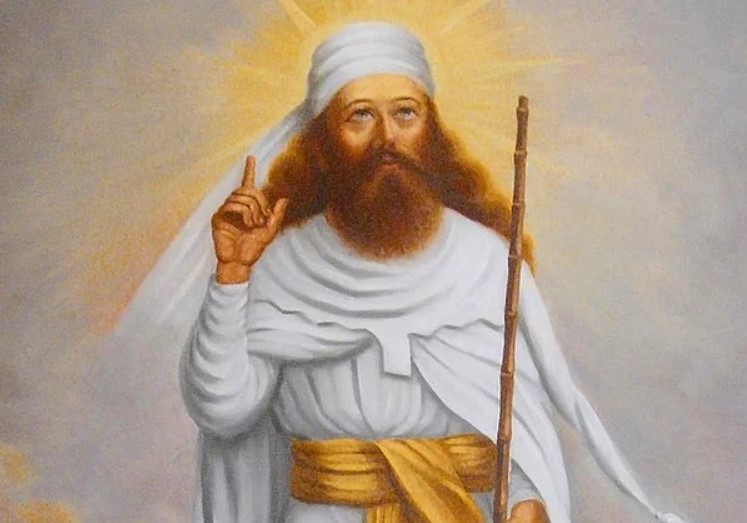
After that, he kept in touch with this angel until the end of his life and learned what he taught. He received the orders of the Zoroastrian religion by revelation directly from Ahura Mazda and tries to spread the teachings of his Lord.
When we evaluate it in terms of similarity, miracles have taken place in the Prophet Muhammad since his birth. In his later years, he went to Hira Mountain in order to be in permanent seclusion and experienced spiritual changes. Finally, when he was 40 years old, Gabriel appeared to him and deliver him the first command “read”. Although he could not make sense of it at first, his prophethood was conveyed to him. Since then, he has constantly received revelations and conveyed God’s teaching to people.
DEVIL
The concept of devil is major in Zoroastrianism. There will be a struggle with Ehrimend until the end of the world. Ehrimend rejects Ahura Mazda’s grace. He is the representative of evil and darkness. Humans have free will to choose between these two situations.
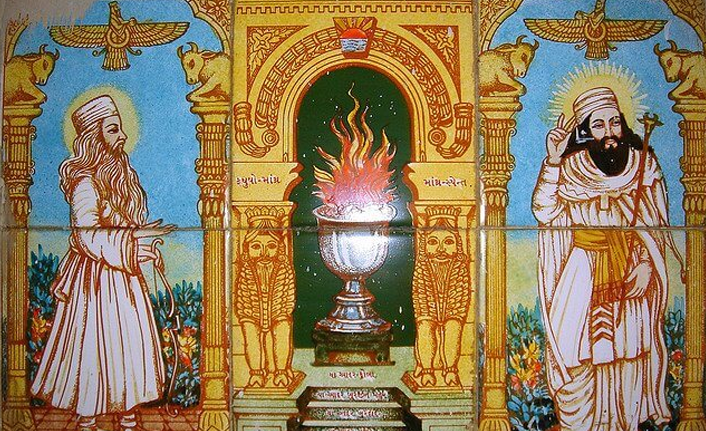
In the Qur’an, Satan was expelled even though he was the closest angel to Allah. It leads people astray and encourages them to evil, immorality, crime and sin. Satan deceived Adam and Eve of their own free will and Adam and Eve also were expelled from heaven and settled on earth. Satan has been given time until the Day of Judgment, and he will do everything to divert people from Allah’s path.
“Devil cursed by Allah—who said, “I will surely take hold of a certain number of Your servants. I will certainly mislead them and delude them with empty hopes. Also, I will order them and they will slit the ears of cattle1 and alter Allah’s creation.” And whoever takes Satan as a guardian instead of Allah has certainly suffered a tremendous loss. Satan only makes them ˹false˺ promises and deludes them with ˹empty˺ hopes. Truly Satan promises them nothing but delusion. It is they who will have Hell as their home, and they will find no escape from it! And those who believe and do good, We will soon admit them into Gardens under which rivers flow, to stay there for ever and ever. Allah’s promise is ˹always˺ true. And whose word is more truthful than Allah’s?” (Quran, Surah Nisa, 118-122.)
HEREAFTER
According to Zarathustra, there are two worlds, good and evil. There is “Asha” (Order of the World) consisting of goodness and light, and “Drug” consisting of evil, crime and darkness. This choice of man will give results in the “other world”.
This situation is similar in Islam. Belief in the hereafter is essential. People are in a test in this world where they live temporarily, and those who do good deeds in this world will be rewarded or punished in the hereafter.
“and who believe in what has been revealed to you ˹O Prophet and what was revealed before you, and have sure faith in the Hereafter.” (Quran, Surat al-Baqara, 4)
as-Sirat
According to Zooastrism, on the fourth day after death, the soul of the believer is judged. After death, the soul will pass through the “Chinvat Bridge”. The middle of this bridge is like the face of a sword for the irreligious, they cannot cross it and fall into hell.

Similarly, the as-sirat is seen in Islam. For those who believe, the as-sirat will be an easy way and they will pass easily. However, for those who do not believe, who do polytheism or who have a lot of sins, they will be sharper than the sword and they will fall.
instead of Allah, then lead them ˹all˺ to the path of Hell. And detain them, for they must be questioned. ˹Then they will be asked,˺ “What is the matter with you that you can no longer help each other?”” (Quran, Surah Saffat, 23-24.)
ARMAGEDDON
According to Zoroaster, a great judgment will be established in the future. In this reasoning, with the resurrection of the first human Gayomart, all the dead will be resurrected and gathered in a place where they will gain life. The good and the bad will be separated here, the good will go to heaven and the bad will go to hell. Those who go to Hell will be cleansed of the fire, and after being cleansed they will enter the land of Ahura Mazda.
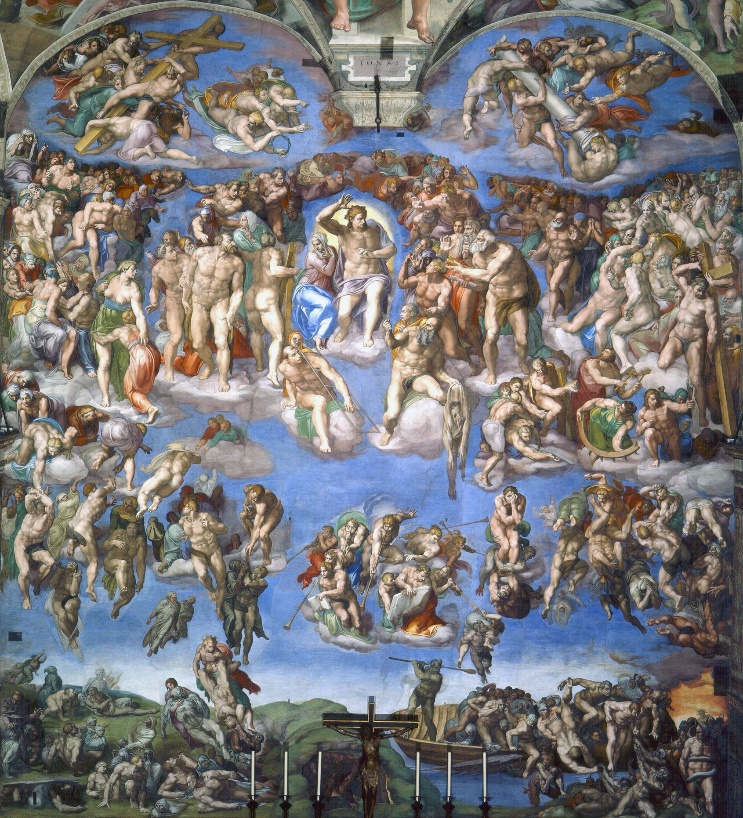
“On the Day of Judgment you will see those who lied about Allah with their faces gloomy. Is Hell not a ˹fitting˺ home for the arrogant?” (Quran, Surah Zumer, 60.)
“You ˹O Prophet˺ will certainly die, and they will die too. Then on the Day of Judgment you will ˹all settle your˺ dispute before your Lord.” (Quran, Surah Zumer, 30-31.)
SIN AND THE EXAMPLE LIFE
Undoubtedly, each religion reveals its own unique teaching and reveals the good and the truth accordingly. Universally, religions that appear in many different parts of the world basically bring along a moral law.
The concept of sin is an important issue in Zoroastrianism, it must be avoided and it makes people the slaves of evil forces. As the main concept, a right life and following moral orders, that is, good thoughts, good words, good deeds are essential. It is essential to be generous to the poor, to be hospitable to strangers, to stay away from all evil, to stay away from adultery. (Small, 110)
In parallel with this understanding, the Qur’an also states:
“Indeed, Allah commands justice, grace, as well as courtesy to close relatives. He forbids indecency, wickedness, and aggression. He instructs you so perhaps you will be mindful..” (Quran, Surat an-Nahl, 90)
SOURCES:
Ali Erbaş, “Zerdüştilikte Din Anlayışı”, Dinler Tarihi Araştırmaları-II Sempozyumu, Dinler Tarihi Derneği Yayınları, Ankara, 2000.
Ali Nihad Tarlan, Zerdüşt’ün Gataları, Sühulet Matbaası, İstanbul, 1935.
Arthur Jeffery, “Biruni’nin Karşılaştırmalı Dinler Tarihi’ne Katkıları”, çev. Muhammet Tarakcı, Uludağ Üniversitesi İlahiyat Fakültesi Dergisi, Cilt: 19, Sayı: 2, Bursa, 2010.
Baki Adam, Dinler Tarihi, Grafiker Yayınları, Ankara, 2015.
Diyanet İşleri Başkanlığı, Kurân-ı Kerim, (https://kuran.diyanet.gov.tr)
Ekrem Sarıkçıoğlu, Başlangıçtan Günümüze Dinler Tarihi, Fakülte Kitabevi, 1975.
Günay Tümer; Abdurrahman Küçük, Dinler Tarihi, Ocak Yayınları, Ankara, 1993.



